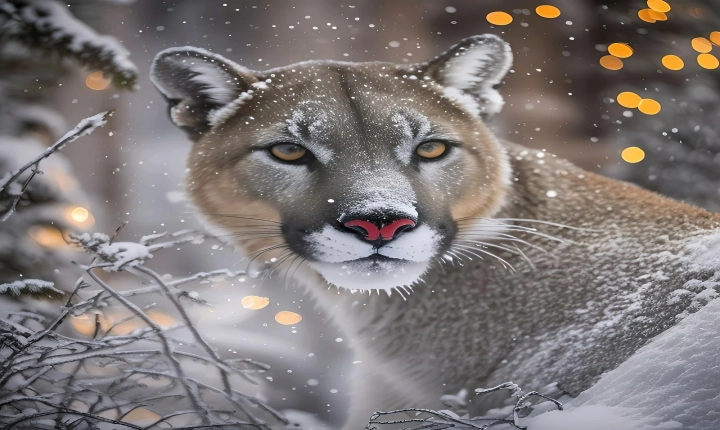Title: Exploring the Capabilities of AI in Drawing
Artificial Intelligence (AI) has been revolutionizing various industries with its ability to perform complex tasks and learn from data. One of the most intriguing applications of AI has been its capability to draw, creating digital artwork that rivals human creations. The development of AI drawing technology has sparked curiosity and debate about the intersection of creativity and technology.
There are several techniques and methodologies through which AI can draw. One of the most popular approaches is the use of Generative Adversarial Networks (GANs), a type of AI architecture that involves two neural networks competing against each other. One network, known as the generator, creates new images, while the other, the discriminator, evaluates these images. Through this process, the generator learns to produce realistic images, including drawings, that are indistinguishable from those created by humans.
Another significant method for AI to draw is through deep learning algorithms, where models are trained on huge datasets of human-made artwork. These algorithms learn to recognize patterns, styles, and nuances in the images and can then generate new drawings based on the learned styles. These techniques have allowed AI to mimic various artistic styles, from classical to modern, and even create entirely new, avant-garde styles.
The capabilities of AI drawing are not limited to replicating existing artwork. AI has also shown promise in creating original, innovative drawings. By processing a vast amount of visual data, AI can combine elements from different sources and generate entirely new concepts. This ability to synthesize and reimagine elements from various artworks can lead to the creation of visually stunning and thought-provoking pieces of art.
Furthermore, AI has the potential to assist human artists by providing them with new tools and inspiration. Artists can use AI-generated drawings as a starting point, modifying and expanding upon them to create unique compositions. AI can also automate repetitive or time-consuming tasks, such as generating background scenery or filling in details, allowing artists to focus more on the creative aspects of their work.
Despite the remarkable advancements, the use of AI in drawing has raised ethical and philosophical questions. Some argue that AI-created art lacks the emotional depth and personal expression that human artists imbue into their work. There are concerns about the potential devaluation of human creativity and the impact on the art market, as AI-generated artwork challenges traditional views of authorship and originality.
Nevertheless, the integration of AI in drawing presents exciting possibilities for artistic exploration and expression. The fusion of human creativity with the computational power of AI has the potential to usher in a new era of collaboration and innovation in the art world.
In conclusion, AI has shown remarkable capabilities in drawing, with the potential to create realistic and original artwork. From replicating classical styles to generating entirely new compositions, AI has proven to be a powerful tool for creative expression. While there are ethical and philosophical considerations to be addressed, the integration of AI in drawing offers exciting opportunities for artists and the art world as a whole. As technology continues to evolve, the boundaries between human and machine creativity may become increasingly blurred, opening up new avenues for artistic exploration and innovation.
